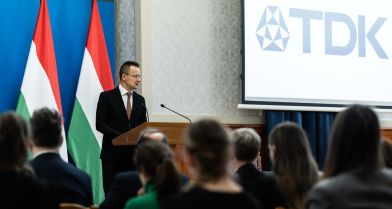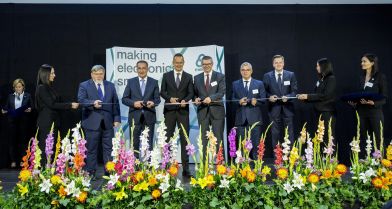
Siemens Mobility is going to more than triple its R&D headcount in Hungary - VIDEO REPORT
2021. 03. 25.

Siemens Mobility will create 120 new R&D jobs in its Budapest office in order to implement the "Digitalization of track-based transport modes", by increasing the number of those employed in this field to 169. The development of driving IT systems, operational security diagnostics, and engineering systems allowing flexible configuration of the railway operations will be implemented by an investment totalling more than EUR 10,3 million.
Siemens Mobility has been a leader for transport solutions for more than 160 years and has been constantly enhancing its portfolio. Siemens Mobility Kft. is a separately managed company owned by Siemens with core areas of manufacturing of rolling stock, rail automation and electrification, turnkey systems, intelligent traffic systems as well as related servicing activities.
Siemens has been part of transport in Hungary for more than 130 years and has taken an active part in the development of advanced city infrastructure and community transport since the launch of the first tram in 1887. By now, with digitalization, Siemens Mobility enables mobility operators worldwide to make infrastructure intelligent, increase value sustainably over the entire product life cycle, enhance the passenger experience and guarantee availability.
Thanks to the new research and development project, one of Germany's major Groups will focus the activities of its Budapest office in the future on the digitalization of the track-based transport modes in Budapest. The company had always been in the forefront in construing and applying state-of-the art solutions, therefore, it has recently directed its developments towards digitalization and IoT (Internet of Things). The collaborators of the Hungarian development centre take part in developing future-oriented products and technical solutions that will be put in everyday practice in railway transport in the coming 5 to 10 years.



